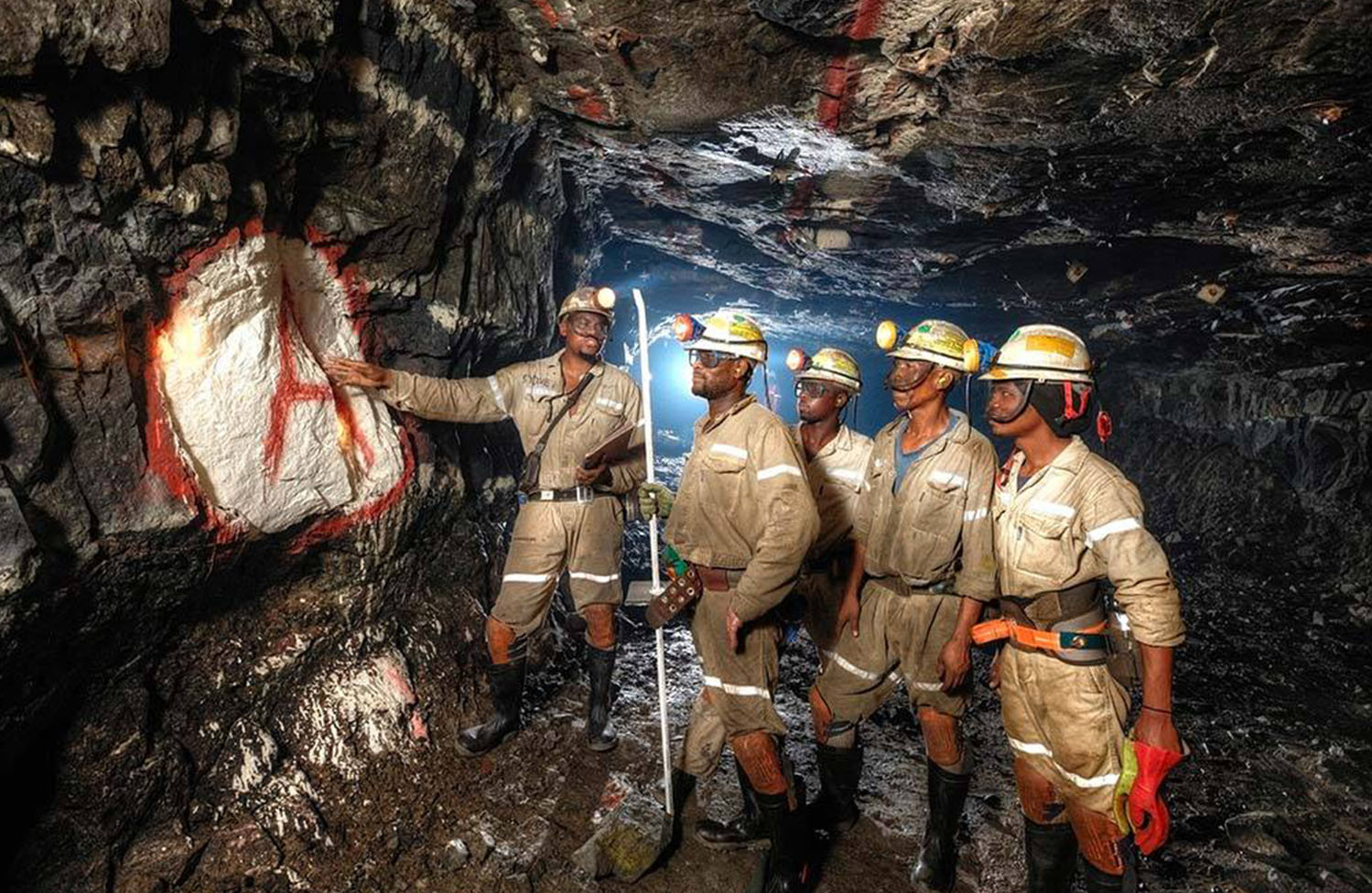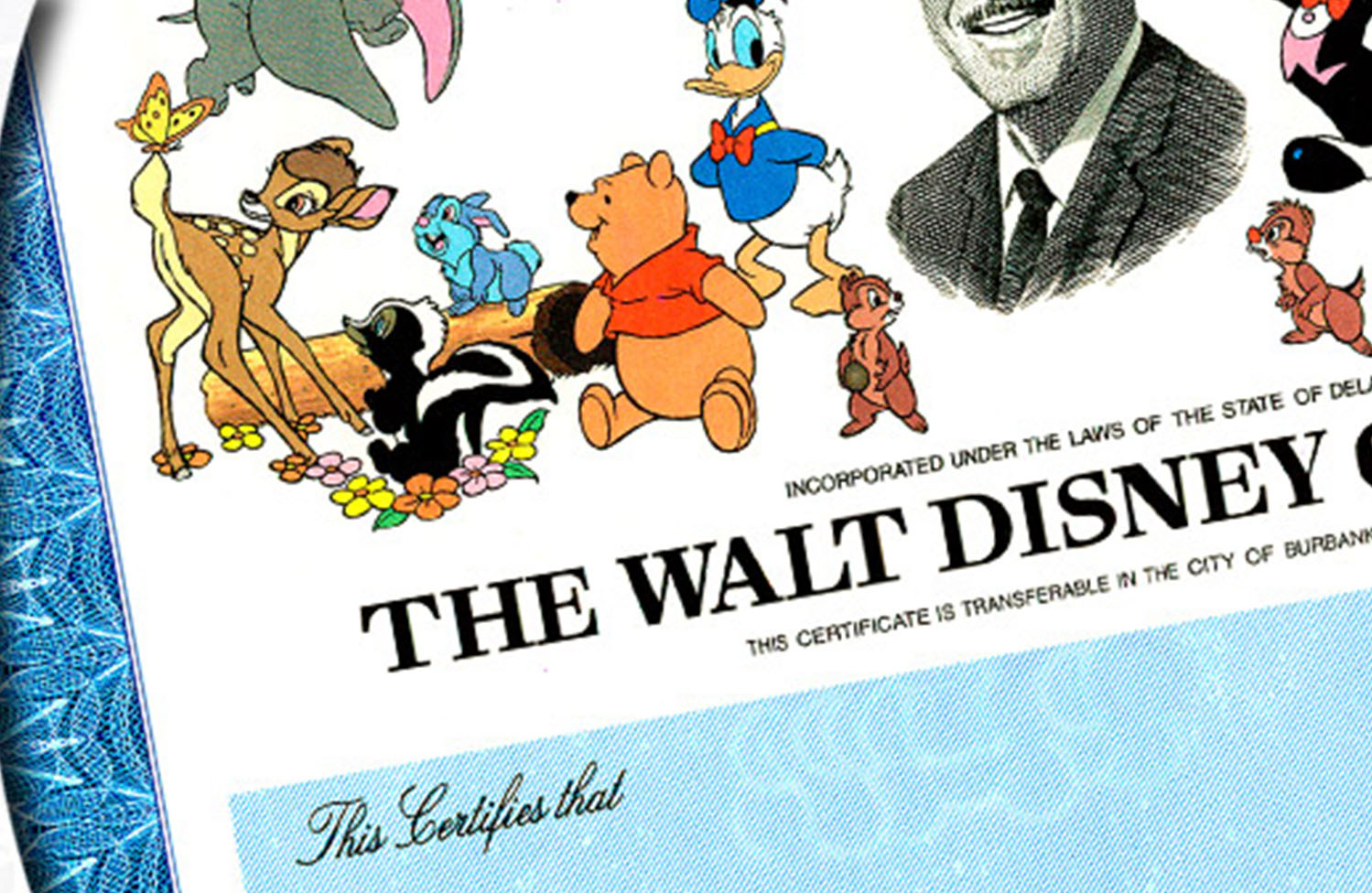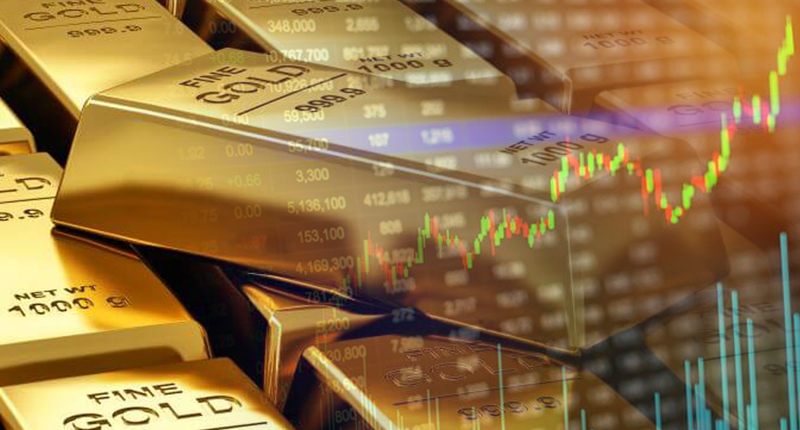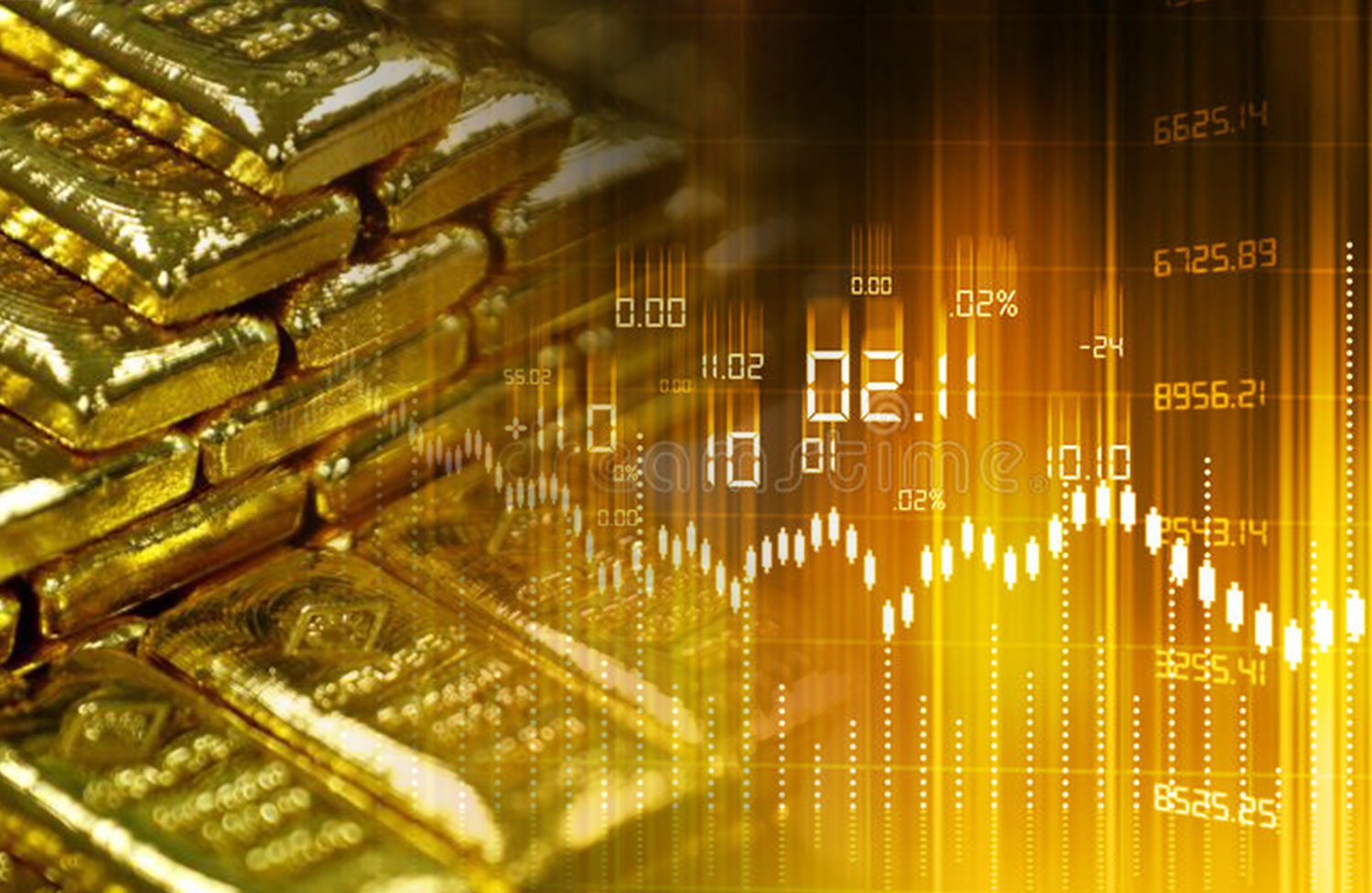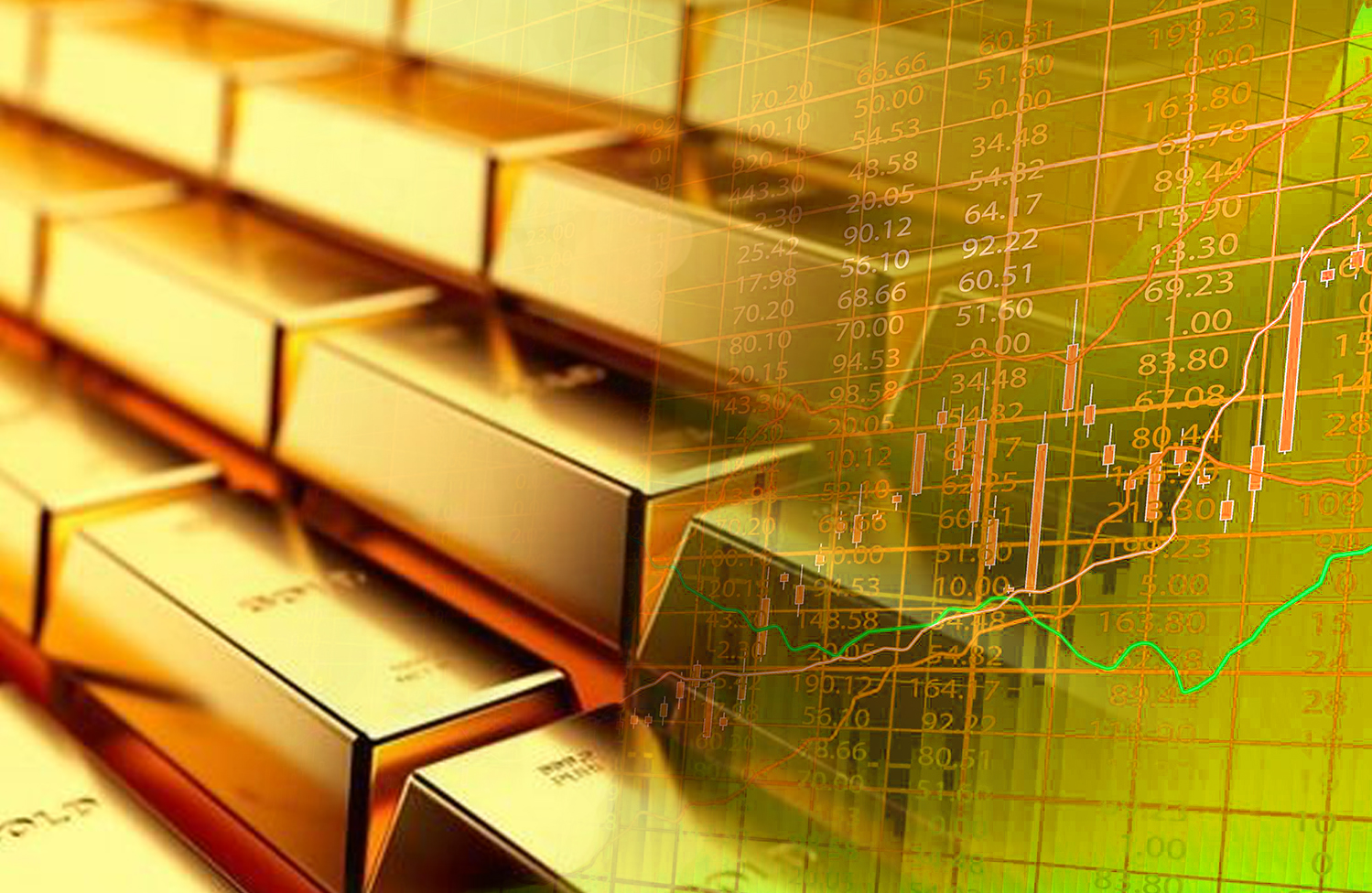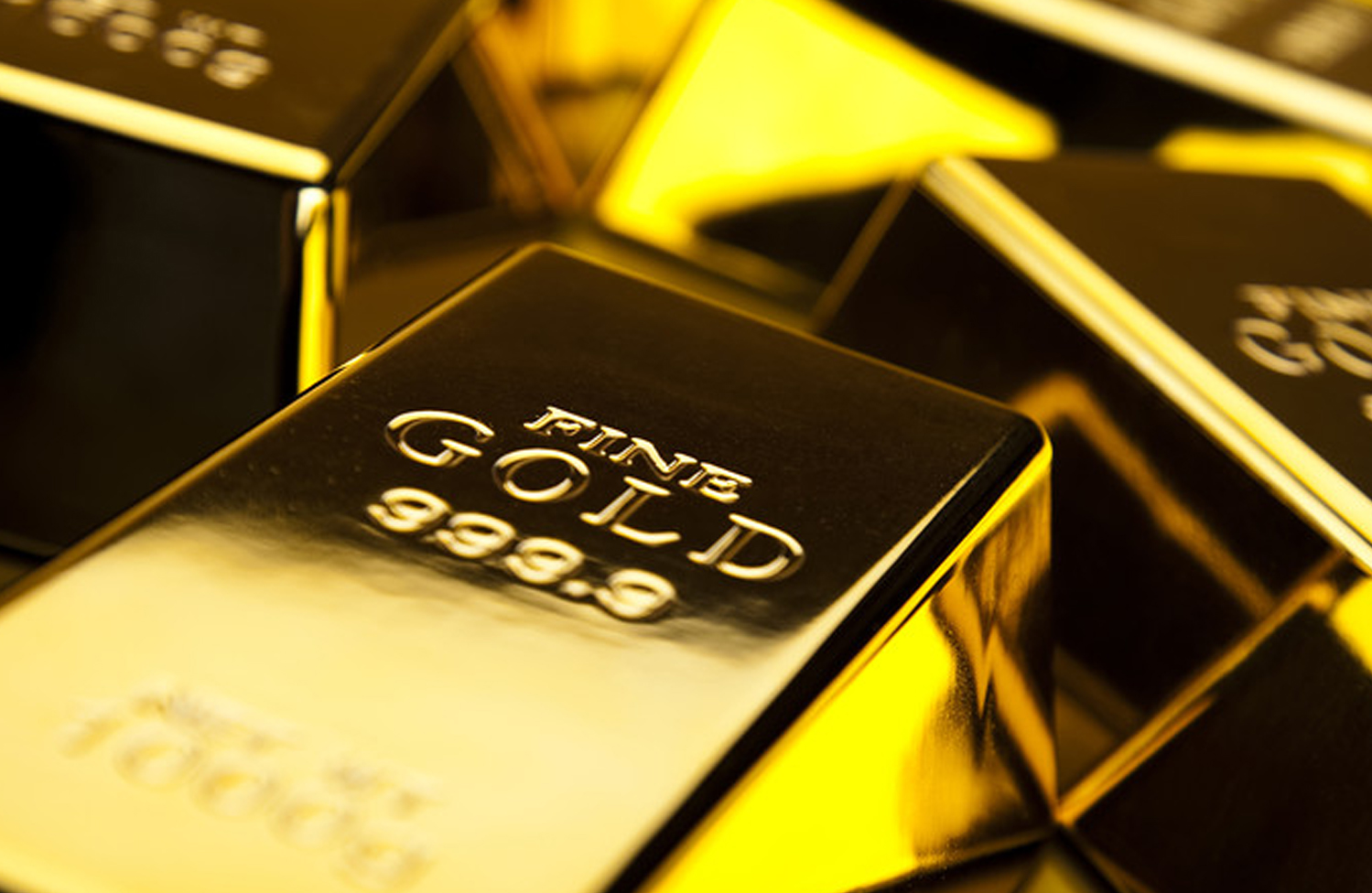The price for silver has dropped 16% in the last year, troubled by trade war tensions and strengthening U.S. dollar. Additionally, the potential of the Fed rate hike has combatted the white metal. A growing economy gives the Federal Reserve reason to raise rates. It is a well-known fact that higher U.S. rates dent the appeal of silver as it does not offer interest. Consequently, an interest rate hike, which is likely at the FOMC meeting on Sep 25-26, is likely to drag down silver further.
So it may be a bit too early to write-off silver and silver-mining stocks. Despite the troubling price trends, silver’s basic image looks relatively strong. Silver may end up bouncing back and following are the factors that can be instrumental in its turnaround.
Silver’s unmatched fundamentals act as the base for many industrial products. Industrial demand primarily accounted for 60% of global silver consumption in 2017. The U.S. economy is expanding at its fastest pace in years and growing industrial activity will provide the much-needed boost for silver demand.
In addition, the demand for jewelry creation is expected to jump. Silver demand from the jewelry sector stakes claim to roughly one-fifth of total silver demand. For many fashion-conscious consumers, silver is more desirable than gold because of its color neutrality, which provides more versatility. Moreover, silver serves as a safe haven asset in times of uncertainty.
China will continue to be a major driver in the global silver market for years to come, fueled by continued industrial demand and silver mining activity. China is by far the largest consumer of silver globally, accounting for around 18% of global fabrication demand. In fact, China’s robust demand for the metal makes it a major destination for imported silver products fabricated in the United States, Japan, and other countries.
The demand for silver continues to climb, especially with more uses in technology as the world creates more electric cars and robotics. The continual revolution in green technologies, helped by the strong growth of new energy vehicles and investment in solar photovoltaic energy, will be a major boon. To curb pollution, governments globally are providing financial incentives and imposing regulations that favor the development of electric and hybrid vehicles. Additionally, rising investment in solar energy applications will boost silver demand in the years to come.
Global silver mine production suffered a dip of 4.1% to 852.1 million ounces in 2017 – its second consecutive annual decline. There has also been a downward trend in silver scrap supply since 2011. The prospects of a dwindling supply loom large on the industry. This is due to the absence of a development of new projects, declining ore grades, and depleting reserves. A potential silver deficit will provide a strong ground for silver prices.
